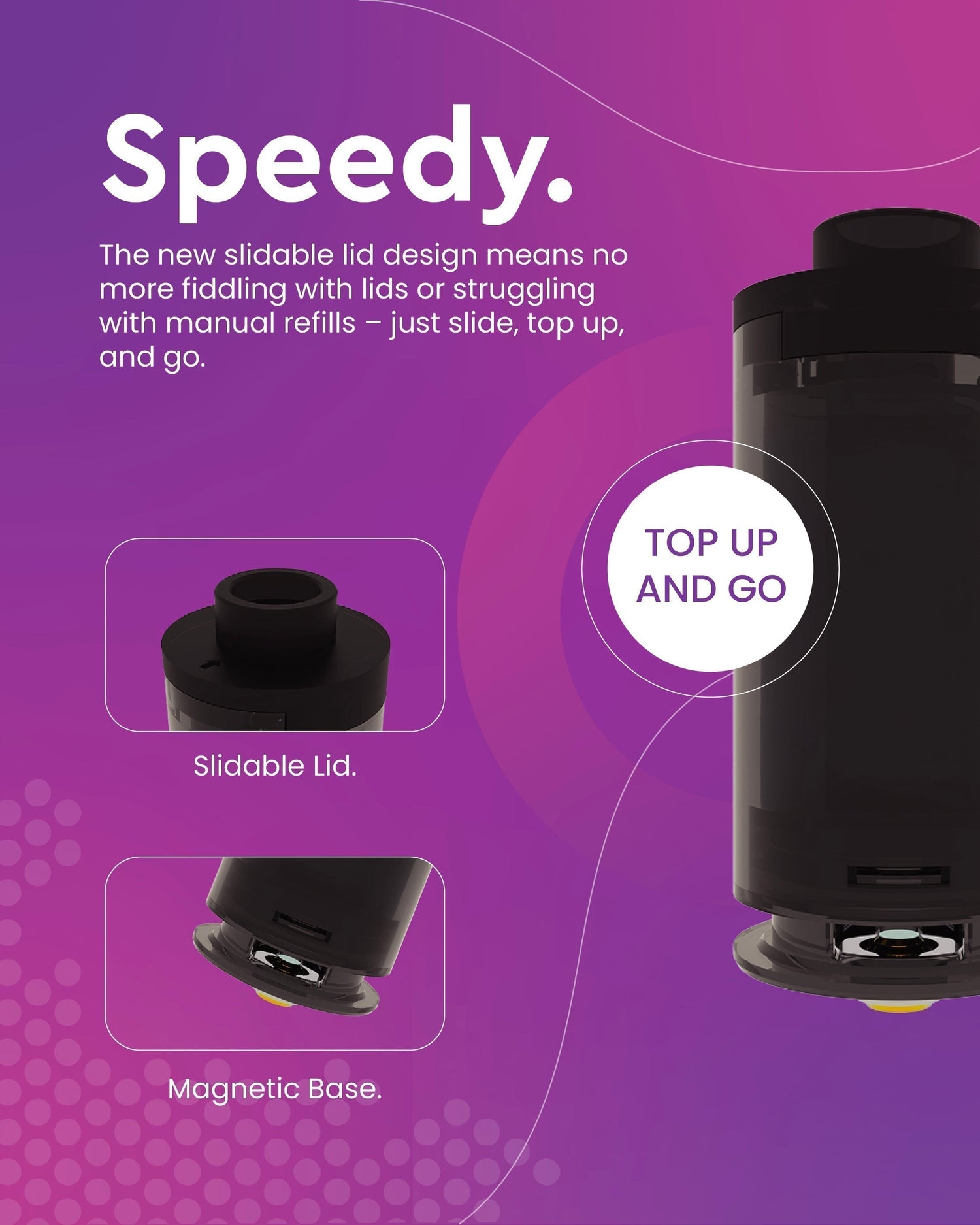How Weight Loss Injections Are Impacting Hospitality, and How Businesses Can Adapt To Prevent Food Waste And Maximise Profit
You’ve probably heard about the “skinny jabs” - appetite suppressing injections that mimic GLP-1, that are now taking the modern world by storm. These drugs curb hunger, which means people are eating less when they go out. But as they say, what’s good for the scales isn’t always good for the pub or restaurant owner!

Shrinking appetites, shrinking plates
Venues are already noticing changes in dining habits - guests using Mounjaro or Ozempic are ordering smaller portions, skipping dessert, and drinking less alcohol. Places like Town restaurant now serve tiny steaks (200 g instead of 350g), half fish mains, and single scoop sorbets - fully aware many guests just can’t stomach big meals any more.
Alcohol sales are down too. Users of these appetite suppressants tend to drink less because cravings are reduced, and because they are eating less, they feel the effect of drink more quickly, leading to them consuming less. Thus establishments alcohol revenue has also slimmed down. Big drink brands like Diageo are already feeling the pinch according to The Guardian.

The numbers that matter...
-
1.1 million tonnes of food waste is generated annually in UK hospitality alone (including restaurants, cafés and pubs) - worth around £3.2 billion in lost revenue, or about £10k per venue per year!
-
Some studies such as Growyze say hospitality operators waste 15-20% of food purchased, with up to 13% of that still edible!
-
WRAP puts post consumer and kitchen waste at around 10% of all food waste in the UK coming from hospitality Hotel Management Network.
Lower appetites mean more plate waste, especially if people order items they can’t finish. That’s double trouble: less spend, plus more food waste.
How venues can pivot and profit
Don't worry, it's not all doom and gloom! Here’s how pubs, restaurants and hotels can adapt smartly and stay ahead of the curve...
1. Shrink smartly (without shrinking profits)
-
Offer smaller mains, tapas style plates, half portion desserts. This matches new customer preferences and keeps diners satisfied rather than overwhelmed according to The Guardian
-
Introduce wine and cocktail chargers or half measures - such as a tiny gin & tonic shot or a mini martini. That way revenue per guest stays up even if their appetite drops - as suggested by The Times.

2. Tackle food waste head on
-
Use AI‑powered tools like Winnow or KITRO to weigh and analyse kitchen and plate waste. These systems can cut waste by up to 50% and help optimise purchasing and prep decisions according to AInvest
-
Train staff in portion control, forecasting, and mindful plating. Research such as The Caterer shows every £1 invested in waste reductions can save up to £14 in costs!
-
Join schemes like Guardians of Grub, Too Good To Go or food bank partnerships to redistribute unsold food and reinforce sustainability credentials
3. Redesign menus - less is more
-
Ditch overly long menus and unnecessary edible garnishes such as decorative salads or cut up fruit rinds - why not replace these with a Flavour Blaster aroma garnish instead? Incorporate an interactive, scented bubble garnish that will entertain guests, without the added pressure of extra food on their plate, saving both their appetite, and reducing kitchen waste! Keep dishes simple, fresh, protein rich and adaptable (e.g. whole or half fish options etc) to suit varied appetites and lean into the booming healthy eating trends, as recorded by The Times.
-
Promote zero waste or circular cooking, using trims and odds and ends in soups, stocks or specials. Some hotels even partner with local breweries to turn leftover bread into beer according to TTG.
Final thoughts
In short: appetite suppressing injections are nudging consumers to order less, drink less, and be more cautious. This is a wake up call for hospitality venues still banking on oversized meals and unlimited plates to lure in revenue. But by redesigning menus, embracing smaller serves and getting smart about cutting waste, operators can stay relevant, uphold margins, and even become sustainability leaders in the process.
The customers might be eating lighter - but venue revenue doesn't need to be!
















